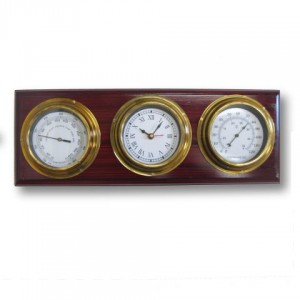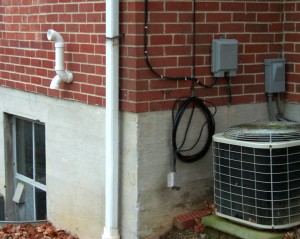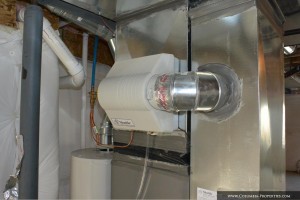Efficient heating and comfort go hand in hand. The more efficient your furnace is, the more comfortable you will be. In our last post we discussed humidity and how the amount of water vapor in the air affects your ability to feel warm or cold. Today we’re going to show you how to get that air to where it’s needed in your house. Here’s what a basic furnace air distribution system looks like:
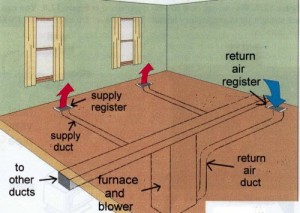
This photo shows the warm air vents that you will probably recognize but it also shows the cold air return vent, something you might not know about. Heating a house is based on two principles. The first is getting the hot air to where it’s needed. The second is to get the cold air back to the furnace in order to make it warmer. Sounds simple, right? It’s not as simple as you might think. There is another principle involved here, one that affects your comfort both summer and winter: warm air is lighter than cold air. Let’s see how that makes a difference.
If your house has a basement or lower level, you’ve probably noticed that it feels cooler down there than it does in the rest of the house. Since your furnace is almost always in the basement, this makes sense, doesn’t it? Well, it only makes sense if that cold air in the lower level of your house can get to the furnace to be warmed up. Remembering that cold air is heavier, the return vent in your basement has to be at floor level. That’s where the cold air is. If the cold air return isn’t on the floor or doesn’t even exist, then you’ve got a problem.
Many older homes don’t have a cold air return vent. No matter how much hot air you pump out of the warm air vents, the cold air pools at floor level while the lighter hot air rises to the ceiling.Your first job is to locate the cold air return vent in your basement or lower level. If there isn’t one, you will need to call a contractor or make one yourself.
TIP: Make sure that all of your cold air return vents are open and not covered up by carpeting or furniture. If the cold air can’t get back to the furnace, its efficiency goes down. So does your comfort level.
Once you get the cold air return problem fixed, look for these contraptions on the hot air ducts, the skinny pipes that run all over your house and are connected to the floor/ceiling vents (where the hot air comes out):
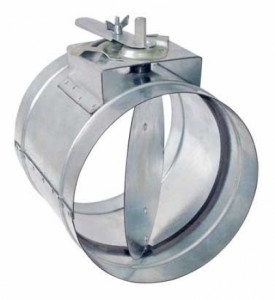
These dampers control the flow of air through your duct system. In order to increase your furnace’s efficiency, and your own comfort level, these dampers have to be set correctly. The problem here is that you have to do this tuning twice a year. Why? Go back to the old ‘warm air is lighter than cold air’ principle. These dampers need to be set to control hot air in the winter then reset to control cold air in the summer, assuming that you have central air conditioning. Here are some tuning tips for you:
1. Usually, the furnace is located at one end of your house. That means that some hot air ducts are shorter than others. The longest ducts go to the back of the house. The shorter ones go to the room(s) directly above the furnace. Common sense should tell you that these short ducts don’t need to be fully open to work. Using the same logic, those long ducts should be open as wide as possible. The dampers on each pipe control how much air is allowed through it.
2. Your winter tuning should ensure that the rooms that you want to be warmest get the most hot air. Normally these rooms would be where you sleep but, depending on your home’s orientation to the sun, you might want that heat to go to other rooms.
3. In the summer, your home’s orientation is more important than it is in the winter. The rooms that get heat from the sun need more cool air, right? Again, you’d probably want most of the cold air to go to your sleeping area. If you’ve shut down air to those rooms for the winter, you have to adjust the dampers for the summer. Every home is different, obviously, so all we can give you are tips that you can use to help your efficiency.
4. Ideally, a multi-story (storey in Canada and Europe) house would have the furnace in the basement and its air conditioning unit on the roof. Why? The hot air/cold air thing, that’s why. Your furnace fan has to work doubly hard in the summer because the cold air from your air conditioning unit is much heavier than the hot air it pumps out in the winter. Warm air rises, cold air falls. Keep this in mind when you’re tuning your ducts. Close down the dampers for the lower part of your house in the summer, open the dampers for the rooms in the upper section.
TIP: If your home doesn’t have central air conditioning, try running your furnace fan on hot days. The cold air that has pooled in your basement/lower level will be sucked up and distributed throughout your house. You can frequently lower the temperature by a few degrees this way.
If you use these tips and some common sense, you’ll most likely find yourself feeling more comfortable in your house. You just might find some savings on your energy expenses too. Win/win!
Comments and questions are welcome but Likes on our Facebook page get immediate attention. Here’s the link: Computers Made Simple on Facebook
Thanks for reading!

